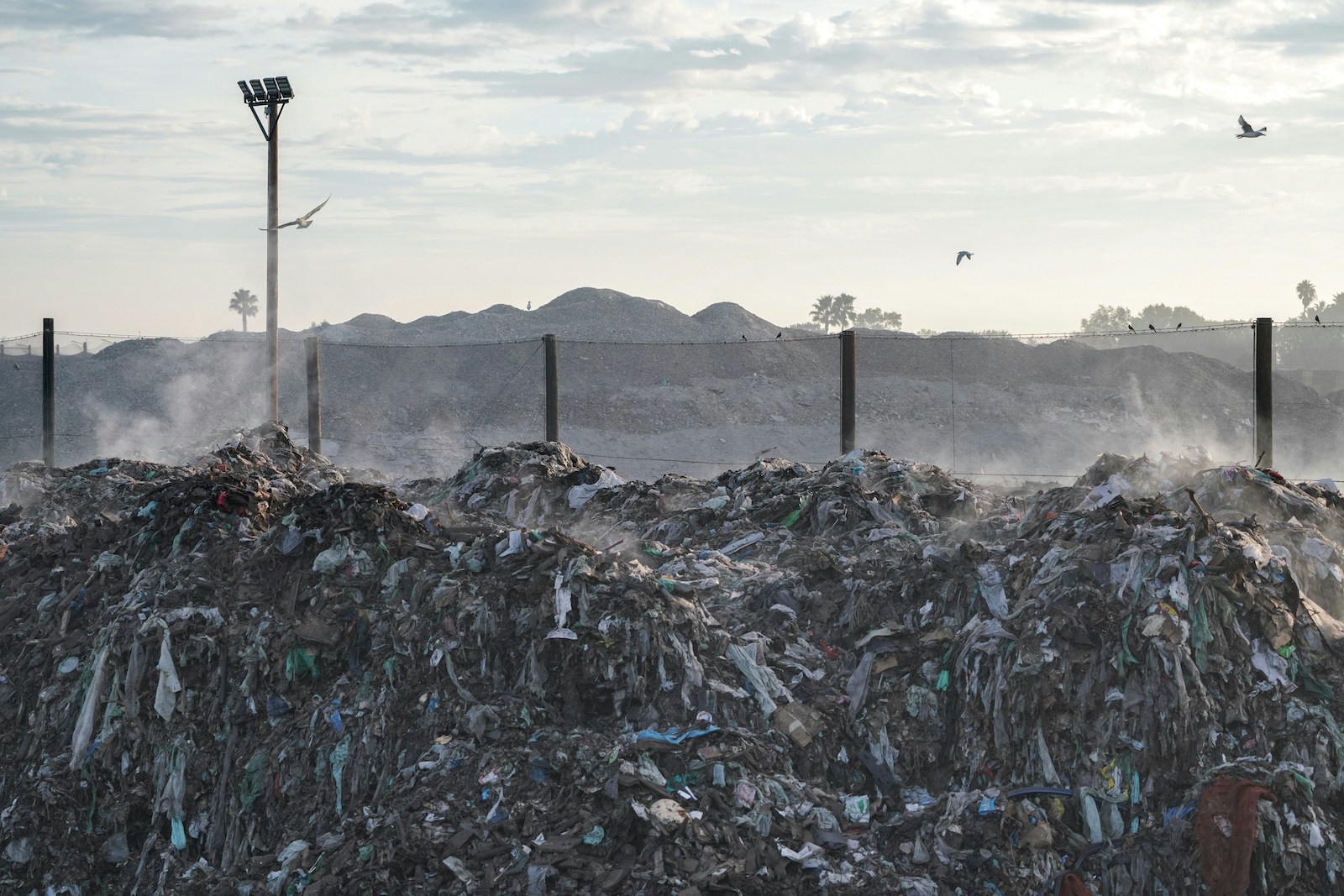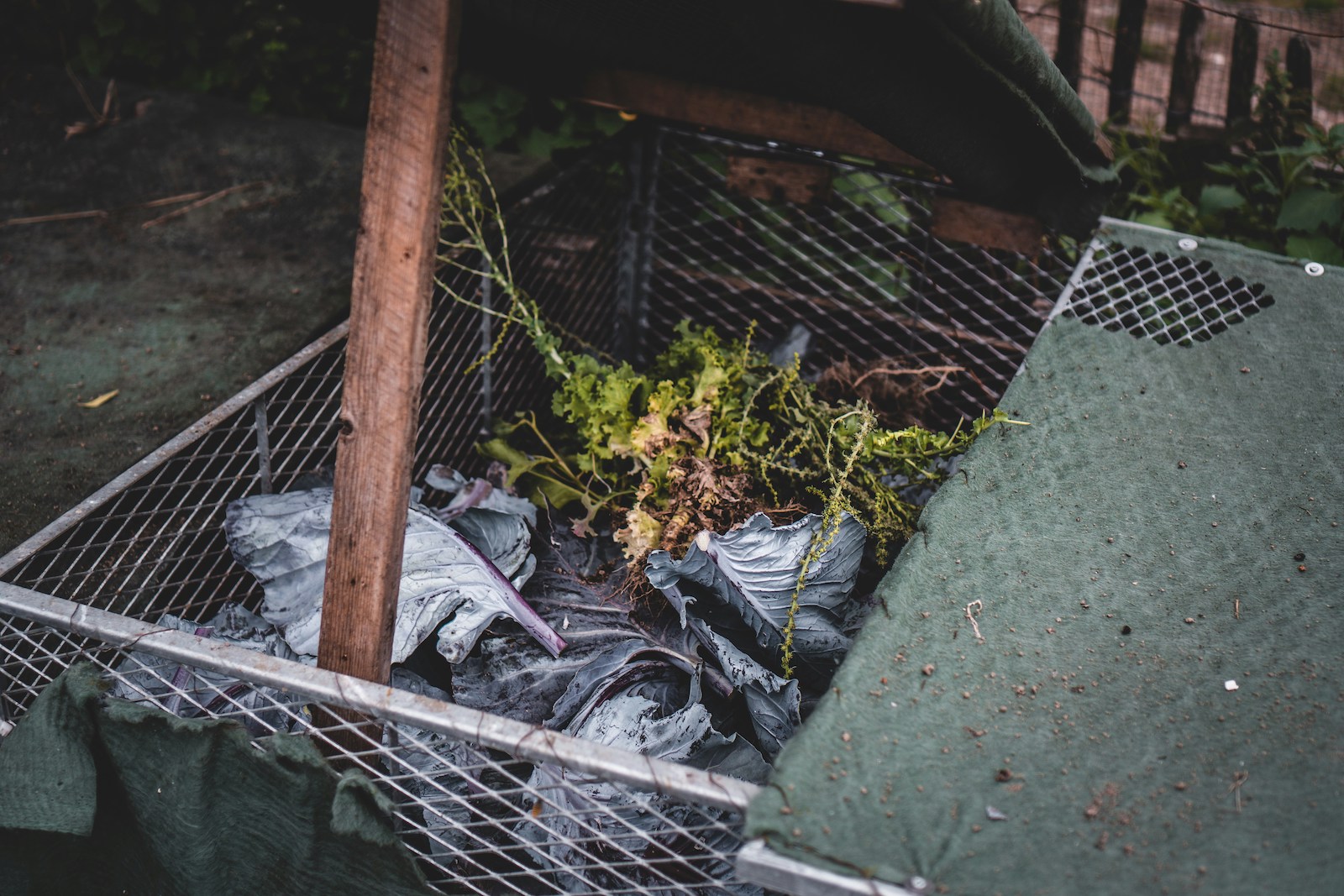Photo by Louis Hansel
In-sink garbage disposals offer a seemingly convenient solution for discarding food scraps, however, their environmental impact is worth considering. In 2019 alone, an estimated four million tons of food waste went down the drain, according to the Environmental Protection Agency (EPA). The EPA shed light on this issue in their recent “Wasted Food Scale,” ranking disposal through the drain as the least desirable method for managing food waste.
The Downside of Down-the-Drain Disposal
Food waste sent down-the-drain ends up at wastewater treatment plants. The effectiveness of this treatment depends on the plant’s technology and infrastructure. For example, some facilities include anaerobic digesters—sealed chambers where microorganisms break down organic matter and produce biogas, a renewable energy source. These digesters also generate a leftover material called digestate or biosolids, which can be repurposed as fertilizer.
The EPA's research, however, indicates that only a portion of the U.S. population benefitted from advanced treatment systems. As Joe Rasmussen, an environmental program manager with California's Department of Resources Recycling and Recovery, points out “[Sewer systems] were designed for restroom sewage, but not the incredible amounts of food waste we have today.”
Even with advanced treatment, this process isn't perfect. Food waste can introduce contaminants such as PFAS or plastics, hindering the potential for treated wastewater to be reused for soil amendments or fuel. Moreover, the more advanced the treatment is, the more energy it requires, potentially offsetting any environmental benefits of repurposing the treated wastewater.

Photo by Katie Rodriguez
From Wastewater to Greenhouse Gas
If the treated wastewater isn’t repurposed, what happens next? There are two options: incineration or landfilling. Incineration releases pollutants like carbon dioxide into the air, contributing to climate change. Landfilling presents a different set of problems. In an oxygen-deprived environment, the remaining food waste decomposes and generates methane, a greenhouse gas with 28 times the heat-trapping power of carbon dioxide. Food waste can also rapidly decay within sewer systems before reaching treatment plants, releasing methane directly into the atmosphere, adding to the environmental impact of in-sink garbage disposals.

Photo by Jonathan Kemper
Sustainable Solutions for Food Waste
Thankfully, there are more eco-friendly alternatives to consider:
Reduce and Donate
Planning meals, buying only what you need, and storing food properly can significantly reduce food waste in the first place. Donating usable food to shelters or food banks also helps.
Embrace Composting
Setting up a home compost pile, composting at work, or utilizing municipal composting programs diverts food waste from landfills and creates a valuable resource. Studies like the 2021 BioCycle report, show that over 10 million U.S. households have access to municipally-supported food scraps collection. Nutrient-rich compost improves soil health and water retention, benefitting your garden or local green spaces.
Support Food Waste Sorting Programs
Advocating for local food waste sorting initiatives promotes responsible waste management. These programs can create valuable compost and biogas from food scraps, diverting them from landfills and contributing to a more circular economy. Find out what resources exist for your region here.
By making informed choices about food waste disposal, we can collectively minimize environmental impact and contribute to a more sustainable future.
